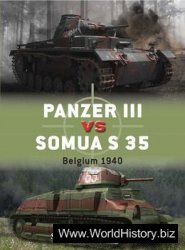It was still the northerly thrust, at Maastricht, that was occupying the attention of the French High Command on the second day of the battle. Gamelin believed that, providing French aircraft did not hit built-up areas, it might be possible to prevent the air war escalating into the bombing of large towns in France and Germany. At 8 a. m. on 11 May he reminded his air force commanders that only fighters and reconnaissance aircraft should be used. Three hours later Gamelin was sanctioning attacks upon the German columns.
The Belgian Air Force had already attacked Maastricht and the
Albert Canal bridges, but ten out of fifteen Belgian planes had been lost. These Belgian aircraft were also Fairey Battles, carrying only tiny 110-pound bombs, which were unlikely to do the sort of damage that would halt the German invasion. The RAF sent bombers—Bristol Blenheim IVs this time—and five out of six of these were destroyed by flak.
On the same day another Blenheim squadron was all but wiped out. The Luftwaffe bombing squadrons were working their way down the list of airfields to be raided. That morning it was to be Vaux, an airfield near Rheims, now being used by the RAF. Dornier Do 17s came in very low and found the Blenheims fueled and bombed-up, waiting for orders. They were lined up as if for inspection. The Domiers destroyed them at leisure. One bomber pilot made an extra circuit of the target so that his radio operator could film the destruction with his amateur cine camera. That footage was rushed to Hitler’s HO to show him what the Luftwaffe was doing to win the war.




 World History
World History









